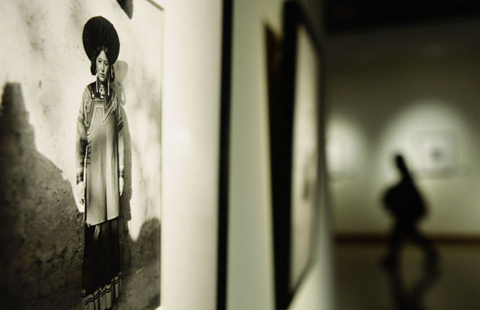Collector opens coupon museum
By Li Yang ( China Daily ) Updated: 2014-03-26 09:48:39
"I know some of them for nearly half a century and the mutual trust is a solid base for our business," he points out.
He selects and exhibits 20,000 coupons in his home museum, classifying the coupons into different categories.
The coupons were delicately printed and well-designed, considering the low technical conditions then. The coupons, in bright colors, carry images of symbolic buildings, scenic spots and places of historical interests, and are believed to have high artistic values.
Contented smiling appearances of farmers, workers and soldiers, the three main groups of the society then, are also common on the face of the rationing coupons of food.
"But the life then was not as sweet as the smiles," says a visitor to Li's museum. "Each adult could only obtain 250 grams of edible oil each month and around 8 kilograms of flour or rice each month in my childhood."
The rationing coupons have their ranks. The military coupons and central government coupons were the most powerful, because they could be used anywhere in China. The local coupons became useless in other places.
But coupons were not enough during the famine period from 1960 to 1962. For example, if you want to buy toothpaste, you must have a toothpaste coupon together with a used toothpaste tube. It is the same for other daily necessities. The factories would collect the used commodities for recycling.
The used rationing coupons were recycled and made into new coupons, under the supervision of military guards.
"The young people today cannot understand some middle-aged and senior citizens' frugal attitude towards materials today, because they do not have any bitter memory of the rationing era," Li notes.
|
|
|
|
|
|
|
|
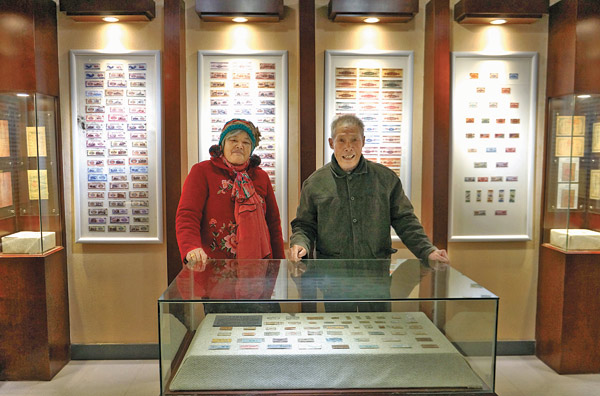
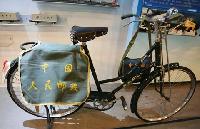
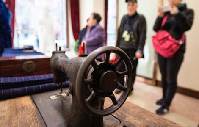

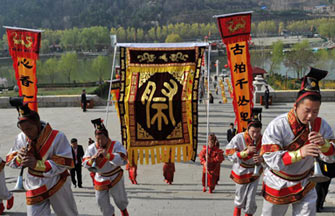
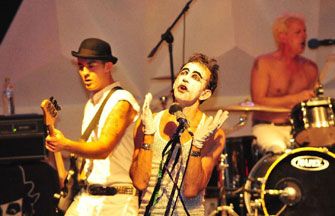
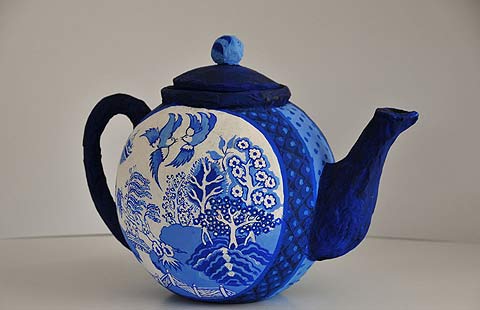


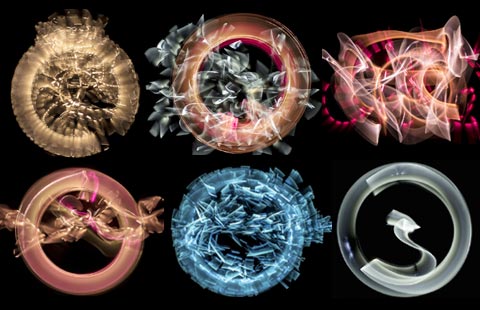







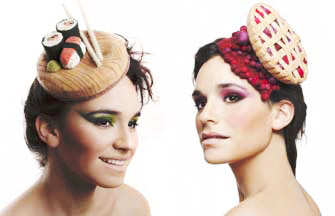
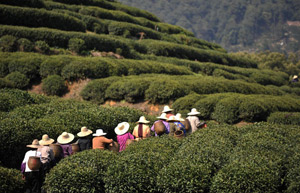


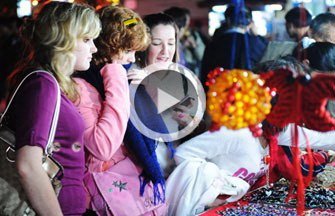
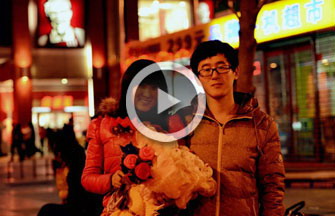
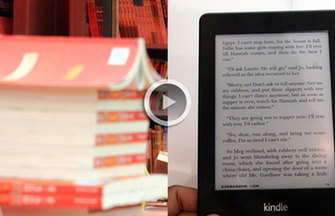
 Raymond Zhou:
Raymond Zhou: Pauline D Loh:
Pauline D Loh: Hot Pot
Hot Pot Eco China
Eco China China Dream
China Dream China Face
China Face



